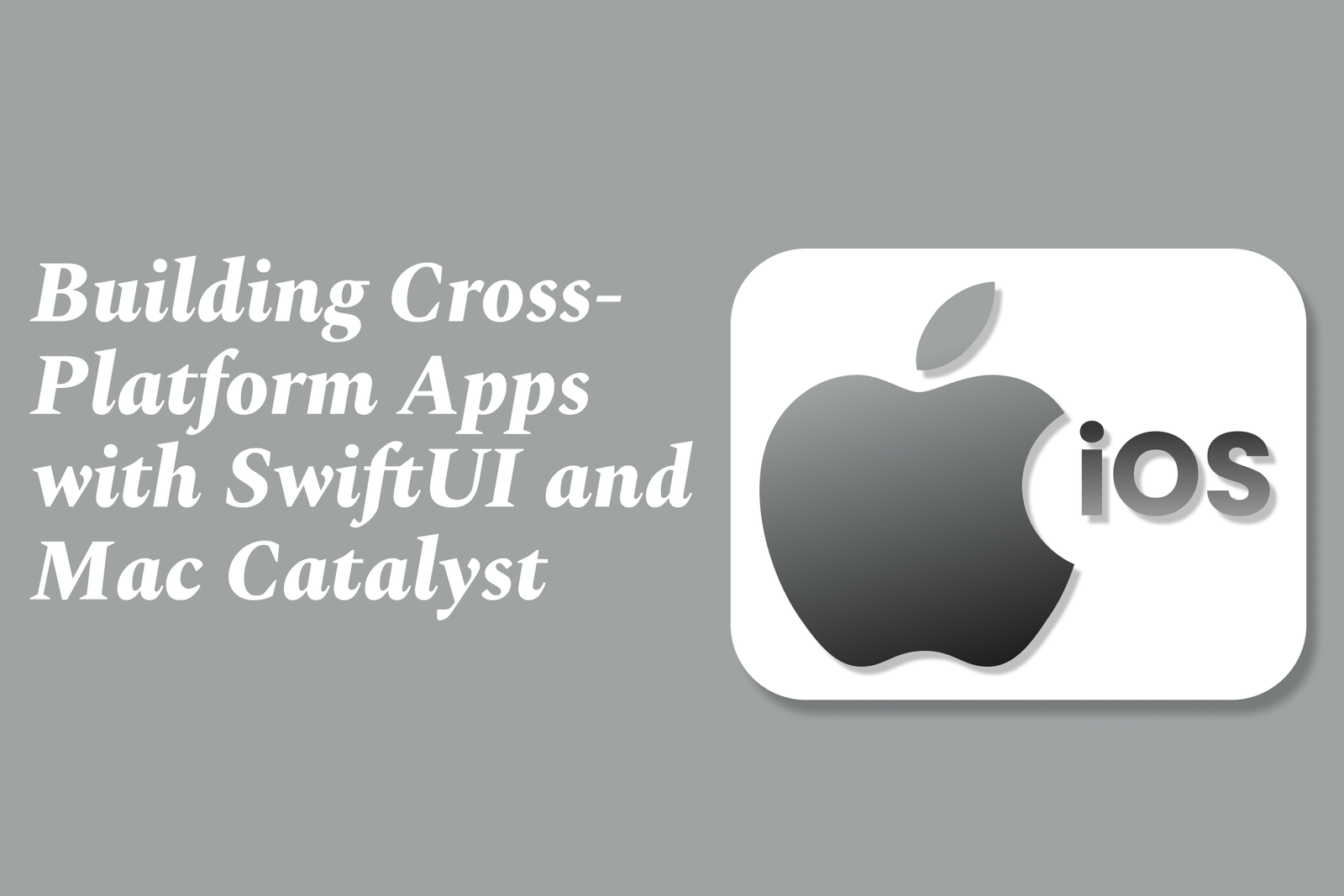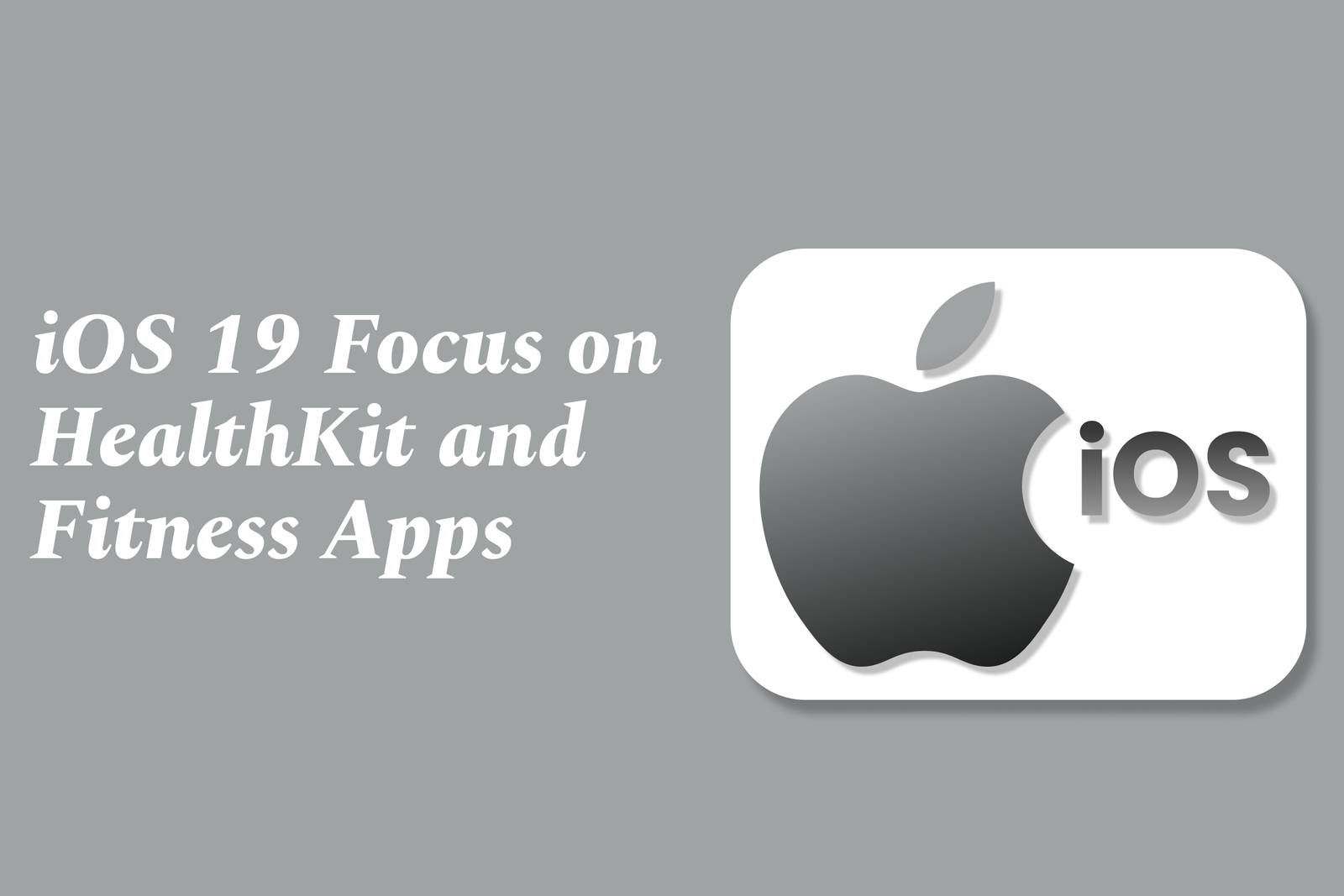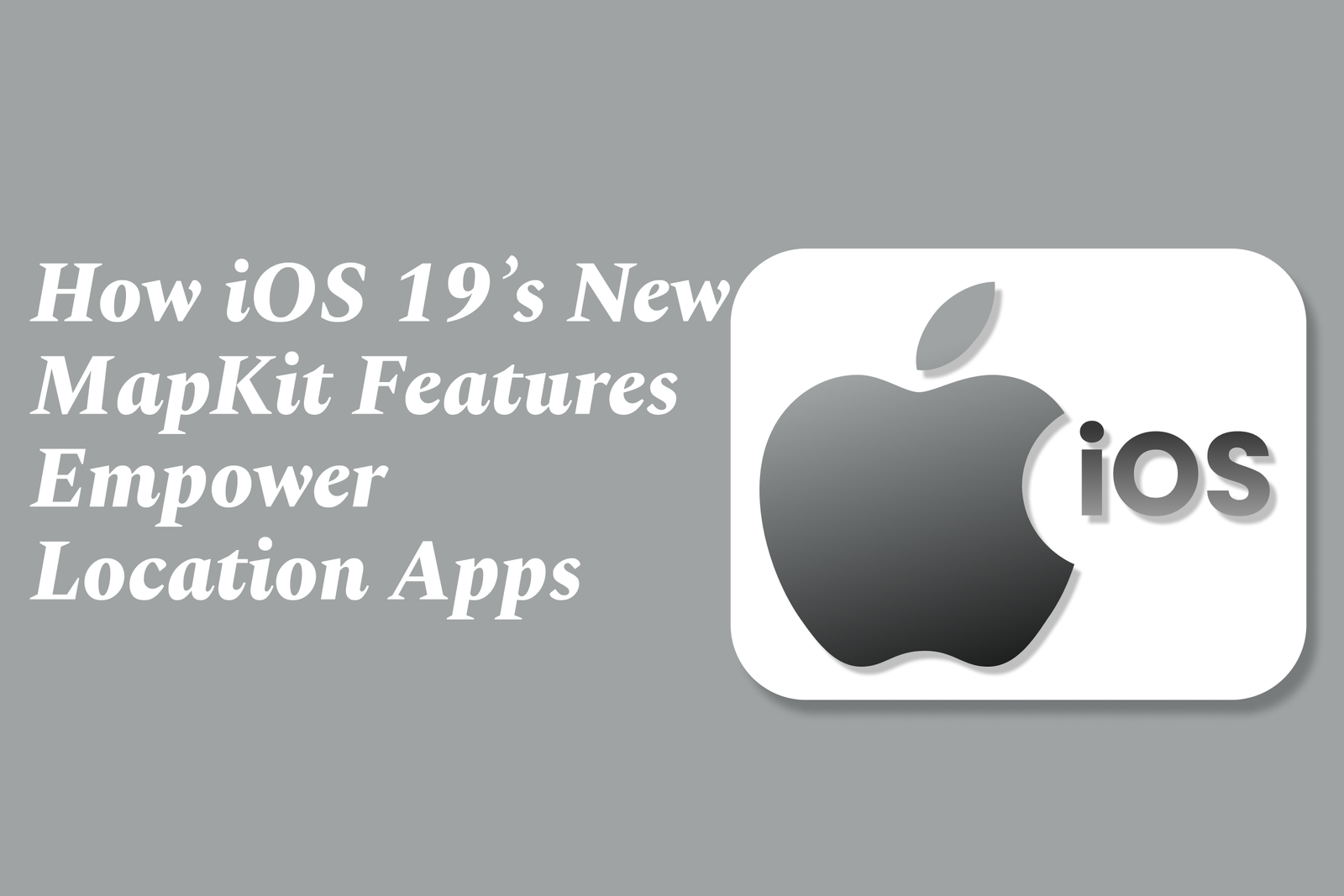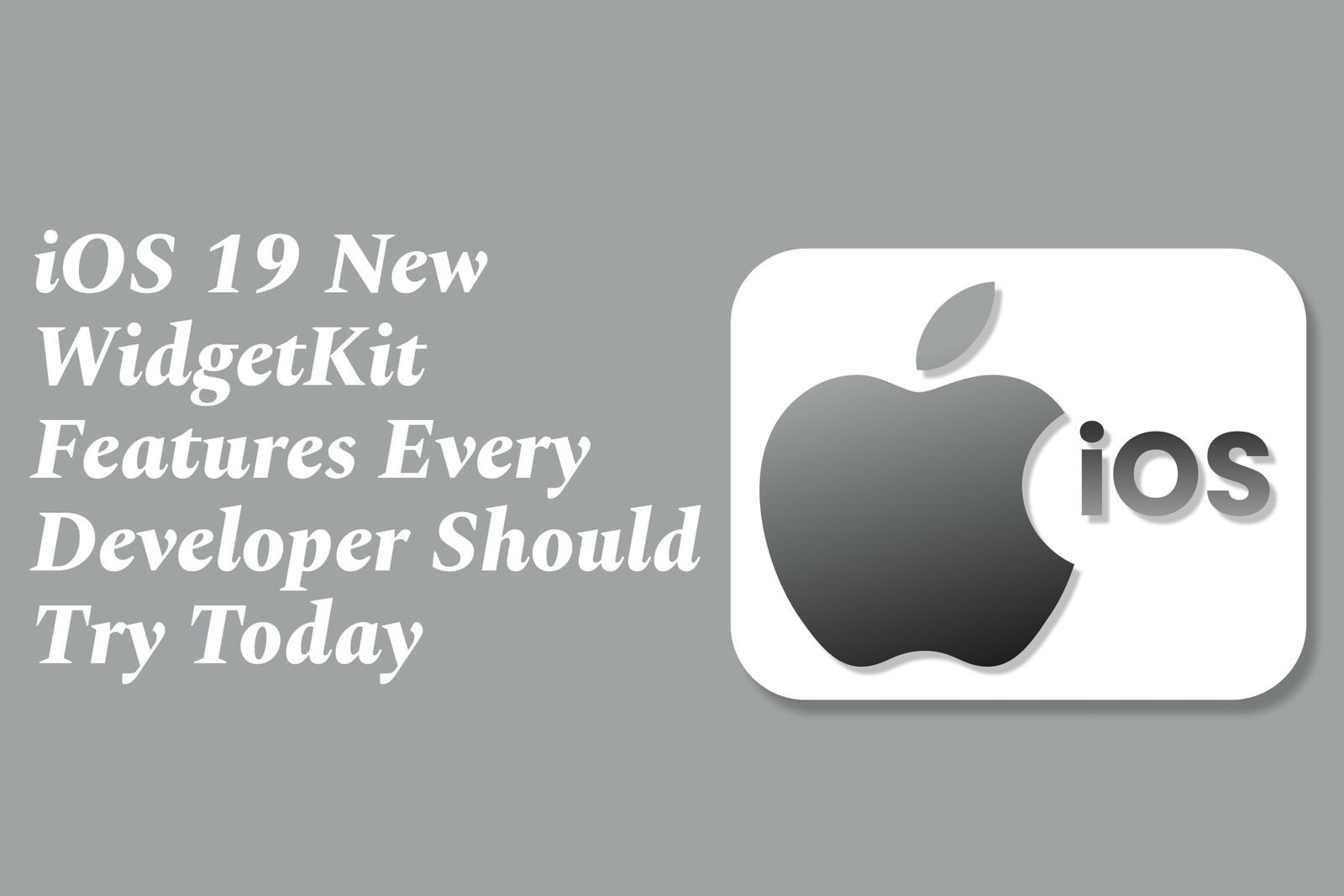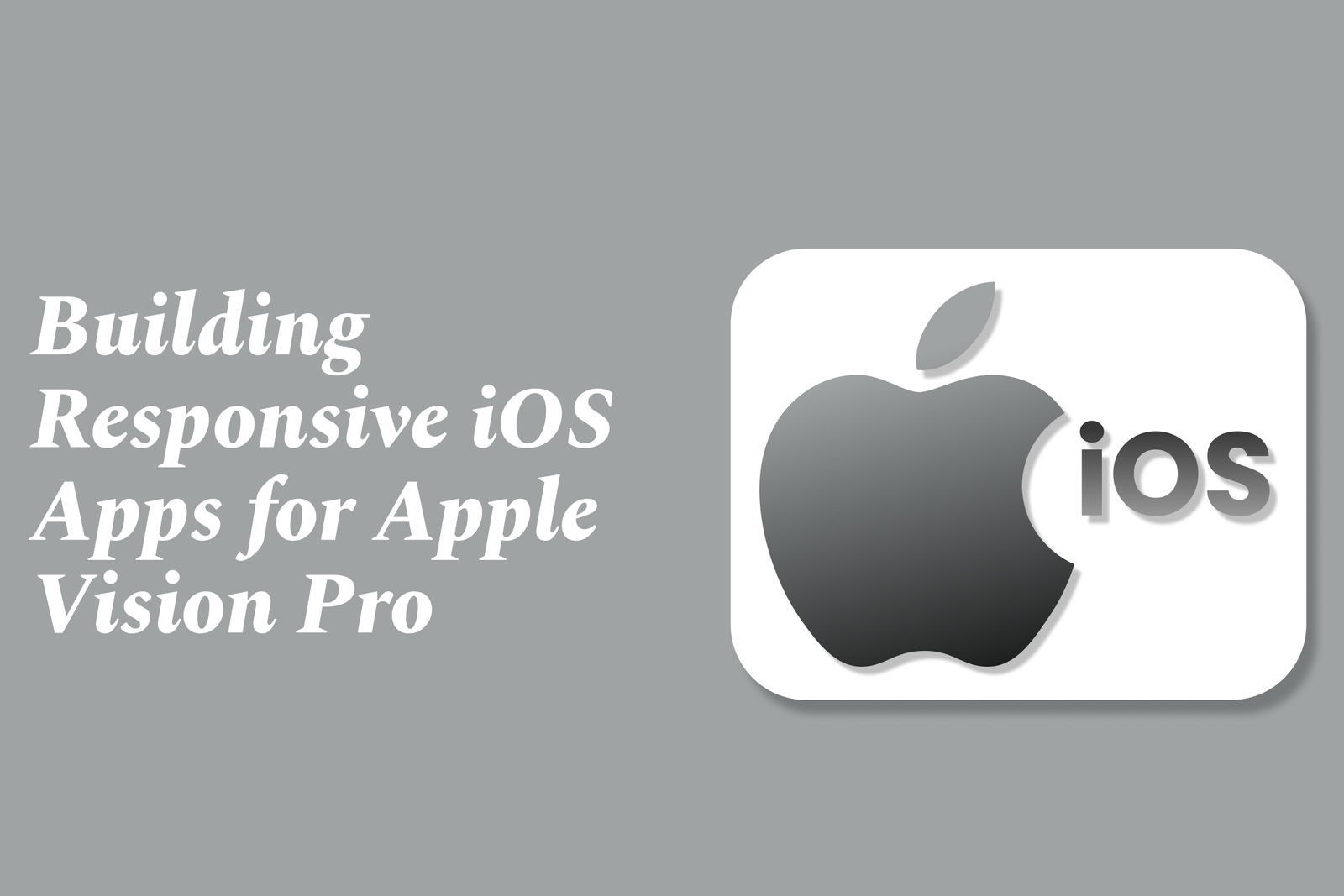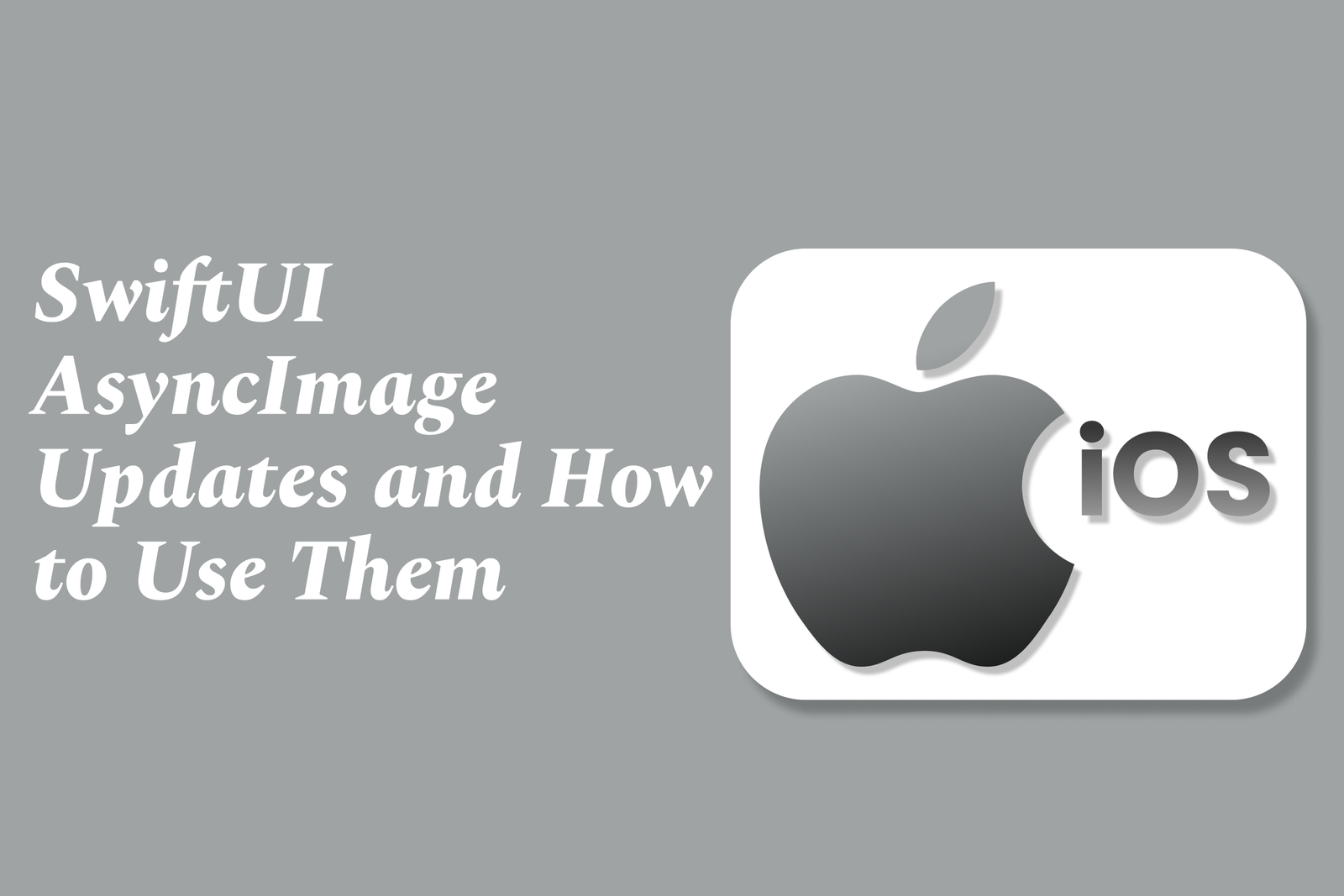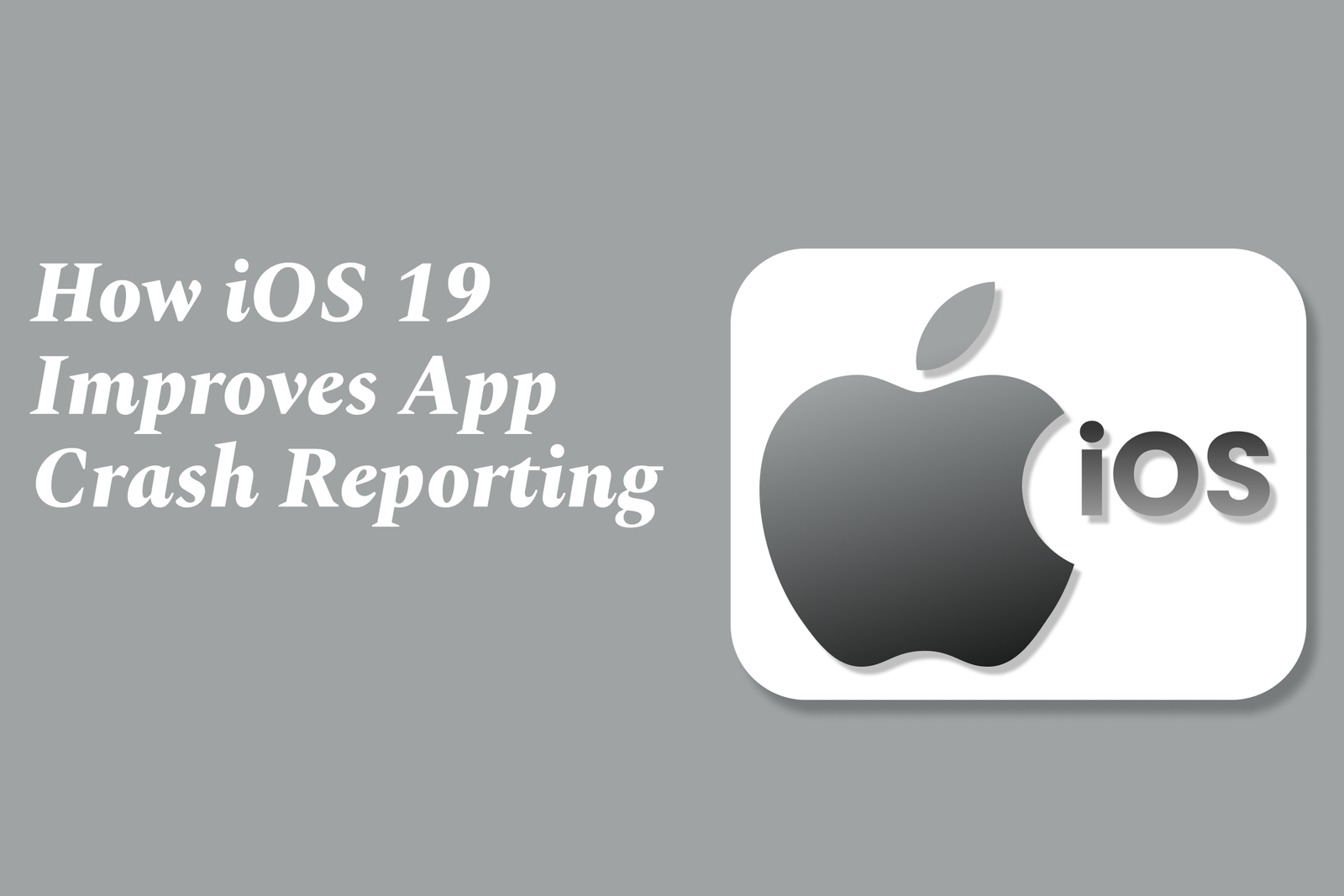Building Cross-Platform Apps with SwiftUI and Mac Catalyst
Building cross-platform apps with SwiftUI and Mac Catalyst lets developers create a single codebase that runs seamlessly on iOS, iPadOS, and macOS, combining SwiftUI’s unified UI framework with Mac Catalyst’s ability to bring iPad apps to the Mac efficiently.
Building Cross Platform Apps with SwiftUI and Mac Catalyst
1 ) Introduction to Cross Platform Development with SwiftUI and Mac Catalyst
SwiftUI allows developers to build apps that run across all Apple platforms using a single set of tools and APIs.
Mac Catalyst enables iPad apps to run on macOS, bridging the gap between iOS and Mac apps by sharing codebases.
2 ) Challenges of Using Mac Catalyst
Developers often face difficulties due to differences in platform specific APIs, requiring conditional code (#if targetEnvironment(macCatalyst)) and rewrites for macOS.
Managing these exceptions can be complex and reduce development enjoyment.
Once a Catalyst app version is published on the Mac App Store, it cannot be removed independently without also removing the app across all stores.
Publishing a Catalyst app disables the availability of the “Made for iPad” app version on macOS, limiting flexibility for users and developers.
3 ) SwiftUI: A More Unified Cross Platform Approach
SwiftUI uses declarative syntax to define user interfaces that work across Apple devices with minimal code changes.
It supports reusable components like text, images, buttons, and stacks with powerful modifiers for styling and layout.
SwiftUI applications benefit from live previews in Xcode, enabling rapid prototyping and seamless UI updates.
Although it facilitates cross platform UI development, some platform specific tailoring is still necessary for optimal user experience on macOS versus iOS.
4 ) Capabilities and Provisioning for Mac Catalyst Apps
Mac Catalyst apps run in a sandbox environment with capabilities (entitlements) that must be enabled via the Apple Developer Account provisioning profiles.
Proper setup involves creating signing certificates, explicit App IDs matching the bundle identifier, and provisioning profiles with necessary app services.
Integrating capabilities ensures apps have access to required functionalities, extending beyond the default sandbox limitations.
5 ) Best Practices and Developer Tools
To start building cross platform apps with SwiftUI and Mac Catalyst, developers should install Visual Studio or Xcode with relevant templates.
Using tools like IntelliSense and hot reload speeds up app development.
Testing on real devices and platform specific emulators helps validate the app performance and appearance.
Developers should be prepared for platform specific adjustments and consider the tradeoffs between cross platform code sharing and native experience quality.
Summary:
While SwiftUI and Mac Catalyst offer robust paths to building cross platform Apple applications with significant shared codebases, developers must navigate platform API differences and deployment constraints, particularly with Mac Catalyst’s current limitations on removing Mac specific versions and its impact on using the “Made for iPad” app on macOS. SwiftUI provides a powerful, unified UI framework with quick iteration capabilities, but platform customization remains important for polished apps. Proper provisioning and capability management are essential when deploying Mac Catalyst apps to ensure needed system access within Apple’s sandboxing environment.
https://justacademy.in/news-detail/flutter-sdk-updates-in-july-2025
https://justacademy.in/news-detail/react-native-0.75?s-most-exciting-features-?-full-breakdown
https://justacademy.in/news-detail/how-react-native-is-powering-the-next-wave-of-social-apps
https://justacademy.in/news-detail/react-native-vs-flutter:-hiring-trends-in-india
https://justacademy.in/news-detail/android-auto-updates-and-new-features
Related Posts
iOS 19 enhances HealthKit by supporting standardized medical data sharing (CDA/CCD), empowering users with better control over health records. It also boosts fitness app integration, enabling seamless tracking of workouts like strength training for a holistic health experience.
iOS 19’s new MapKit features empower location apps with enhanced SwiftUI integration, customizable markers, flexible camera controls, and improved user location tracking, enabling developers to create interactive, visually rich, and privacy-conscious map experiences effortlessly.
iOS 19 enhances augmented reality development by offering deeper access to device sensors and cameras, enabling richer WebAR experiences without app downloads. This boosts accessibility, performance, and interactivity, empowering developers to create more immersive, widely accessible AR applications.
SwiftUI Charts customization enhances data visualization by allowing developers to tailor chart types, axes, colors, and markers for clearer, more engaging displays. This flexibility transforms raw data into intuitive, accessible insights directly within SwiftUI apps.
Swift Playgrounds offers new interactive lessons for iOS developers, making it easier to learn Swift and SwiftUI through hands-on coding challenges. It enables users to build, test, and even publish real apps directly from iPad or Mac, bridging learning with practical development.
Top SwiftUI design trends for 2025 focus on immersive 3D elements, AI-driven adaptive interfaces, glassmorphism, seamless cross-platform consistency, enhanced animations, and minimalistic, accessible layouts, creating dynamic, personalized, and visually engaging user experiences.
iOS 19 introduces advanced Battery Usage APIs that help developers monitor and optimize their app’s energy consumption efficiently. These APIs provide detailed insights and tools to reduce battery drain, ensuring apps run smoothly while preserving device battery life.
Building responsive iOS apps for Apple Vision Pro involves adapting your apps to visionOS’s spatial computing environment, ensuring seamless, intuitive interactions across devices by leveraging new UI frameworks and testing beta versions with tools like TestFlight for optimal performance.
SwiftUI’s AsyncImage simplifies loading remote images asynchronously, offering built-in support for placeholders, error handling, and scaling. Its recent updates enhance customization and state management, enabling smoother UI updates and better control over image loading and display.
iOS 19 enhances app crash reporting by improving symbolication through automated upload and management of debug symbols, including third-party frameworks, enabling more detailed and readable crash reports for faster, accurate issue diagnosis and resolution.
